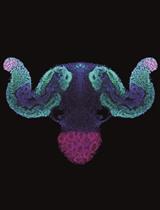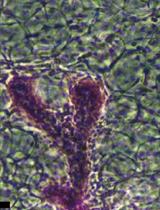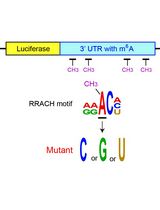- EN - English
- CN - 中文
Effective Hand Rearing of Neonatal Mice for Developmental Studies
用于发育研究的新生小鼠的有效手工饲养
发布: 2023年06月05日第13卷第11期 DOI: 10.21769/BioProtoc.4755 浏览次数: 2173
评审: Pengpeng LiMatthew GrubbAnonymous reviewer(s)
Abstract
Chronic manipulation in neonatal mice is a technical challenge, but it can achieve greater insights into how mice develop immediately after birth. However, these manipulations can often result in maternal rejection and consequently serious malnourishment and occasional death. Here, we describe a method to effectively hand rear mice to develop normally during the first post-natal week. In our experiments, we were able to negate the feeding deficiencies of anosmic mutant mice when compared to littermate controls. As a result, the delayed neuronal remodeling seen in maternally reared mutant mice was not seen in the hand-reared mutant mice. This methodology is user intensive but can be useful for a broad range of studies either requiring many interventions or one intervention that can result in maternal rejection or being outcompeted by healthy littermates.
Keywords: Neonatal (新生的)Background
The common use of neonatal mice in developmental studies can result in maternal rejection (or even, in some circumstances, cannibalization) after experimental or genetic manipulations. In other situations, neonatal mice may be unable to suckle on their own; for example, anosmic mutant mice face severe difficulties in their suckling behavior (Brunet et al., 1996; Fujimoto, et al., 2023). These difficulties make it hard to determine whether altered development is due to the manipulation or simply due to a lack of maternal feeding.
In these cases, it is often necessary to hand rear the pups to prevent any difficulties. Successful hand rearing is dependent on more than simply delivering sufficient nutrients. For example, nesting conditions can have an influence on thermal stress and postnatal development (Gaskill et al., 2012; Mason et al., 2018). However, the majority of previous attempts have focused on nutrient delivery. To this end, a variety of techniques have been employed, such as force feeding with a syringe (Pleasants, 1959; Hoshiba, 2004) or directly adding nutrients to the stomach via a gavage (Messer et al., 1969; Hall, 1975). However, these methods were either only partially effective or technically difficult, which resulted in unreliable results or a low success rate. Additionally, varying the type of milk only produced worse results (Smart et al., 1984; Tonkiss et al., 1987).
Could a combination of improving the environmental conditions, feeding techniques, and neonatal care result in more effective and reliable growth of pups? There is a wide array of non-academic advice on how to rear mice (Creek Valley Critters, https://www.youtube.com/user/CreekValleyCritters), and we sought to harness this knowledge and apply it to biological research (Fujimoto et al., 2023). We discovered that the key features for successful growth were warm temperatures, regular feeding every two hours, and belly massages to avoid bloating. While this technique is manually very intensive, it produces pups that are healthy, and it does not require technically difficult procedures.
Materials and reagents
All the materials and reagents for hand rearing are shown in Figure 1.
Pipettes (Gilson, catalog numbers: P200 and P1000)
1.5 mL Eppendorf tubes (Bio-bik, catalog number: CF-0150)
Needles for injection (29 G) (BD, catalog number: 326666)
Paintbrush (Tokyu Hands, round No. 1)
Cotton buds
Tissue paper for nesting material
Cardboard box as a cage (W 16 cm × D 16 cm × H 6 cm)
Warm water (for cleaning pups)
Saline (Otsuka, catalog number: 3311401A7028)
70% ethanol
Powdered dog milk (PetAG, Ebsilac) (see Recipes)
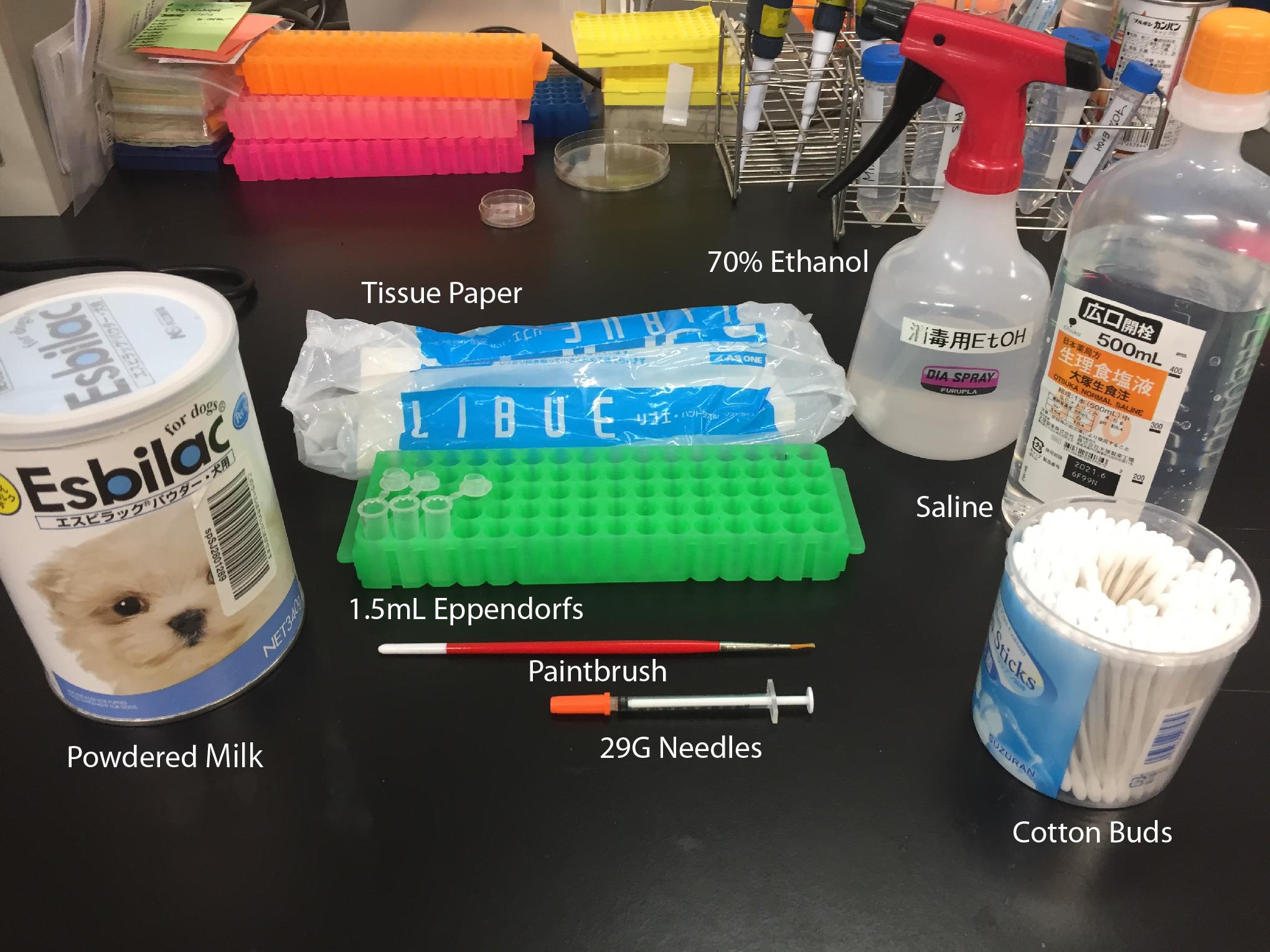
Figure 1. Materials required for hand rearing pups
Equipment
All equipment items for hand rearing are shown in Figure 2.
Warm hood (W 60 cm × D 50 cm × H 52 cm) (As One, Pasaurina Glove Box with outlet, model: AS-600SC, https://www.axel-gl.com/en/asone/d/3-4041-03/)
Note: Most chambers should be adequate, provided they are able to maintain a warm and stable environment that can also be easily cleaned.
Heat mat (Natsume, model: KN-475-3-40)
Temperature monitor (As One, model: A-230-W)
Pet heater (Marukan, model: HD-40c)
Thermostat (Marukan, model: HD-1)
Dry bath incubator (Major science, model: MD-02N) or water bath (Sansyo, model: SWS-181D)
Electronic scale (A&D company, model: HT-120)
Pipettes (Gilson, catalog numbers: P200 and P1000)
Ultraviolet lamp
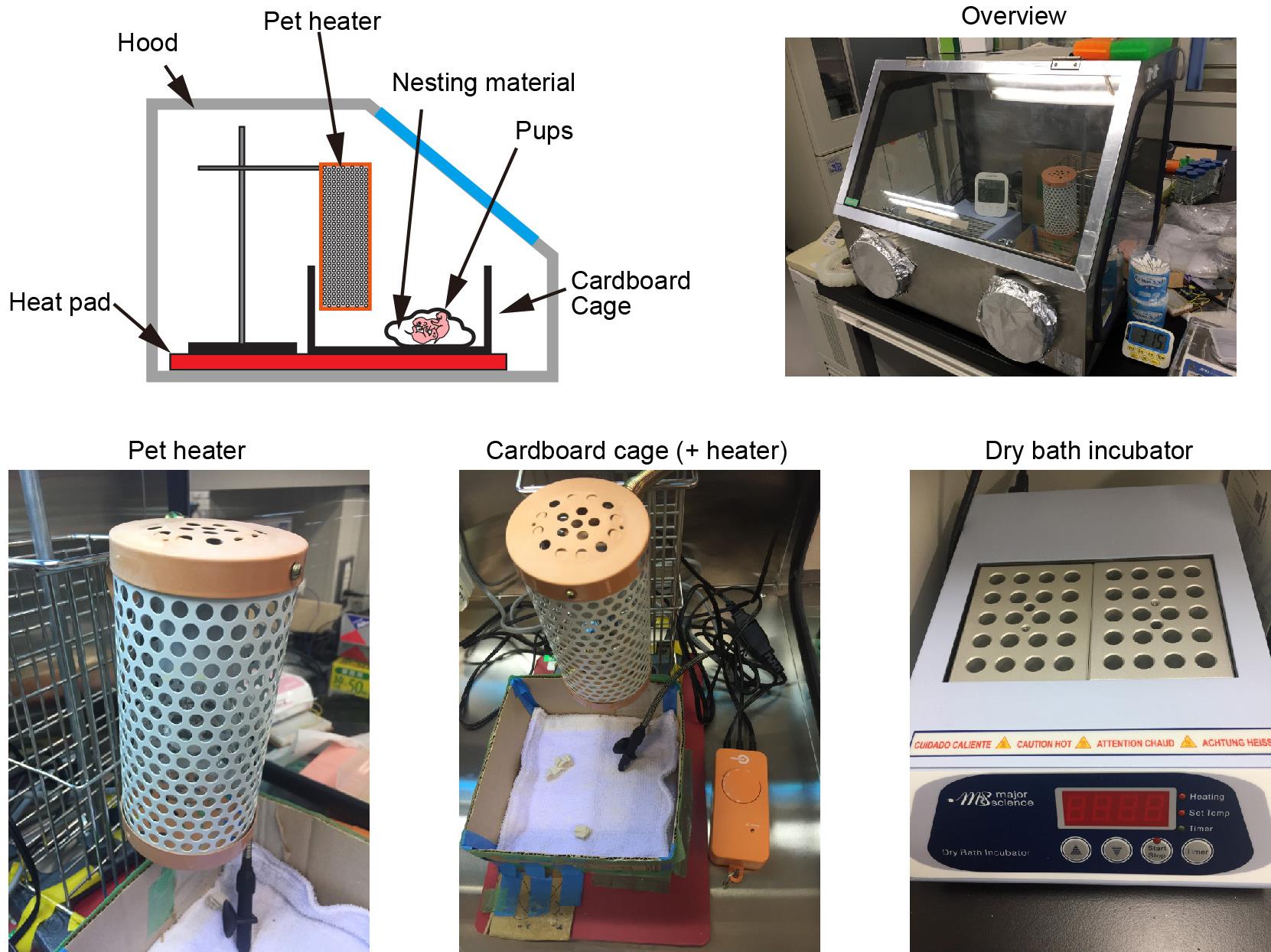
Figure 2. Schematic and photo of the hand rearing chamber
Procedure
文章信息
版权信息
© 2023 The Authors; exclusive licensee Bio-protocol LLC.
如何引用
Marcus, L. N., Takeshi, I. and Imai, T. (2023). Effective Hand Rearing of Neonatal Mice for Developmental Studies. Bio-protocol 13(11): e4755. DOI: 10.21769/BioProtoc.4755.
分类
神经科学 > 发育 > 形态建成
发育生物学 > 形态建成 > 器官形成
您对这篇实验方法有问题吗?
在此处发布您的问题,我们将邀请本文作者来回答。同时,我们会将您的问题发布到Bio-protocol Exchange,以便寻求社区成员的帮助。
Share
Bluesky
X
Copy link










